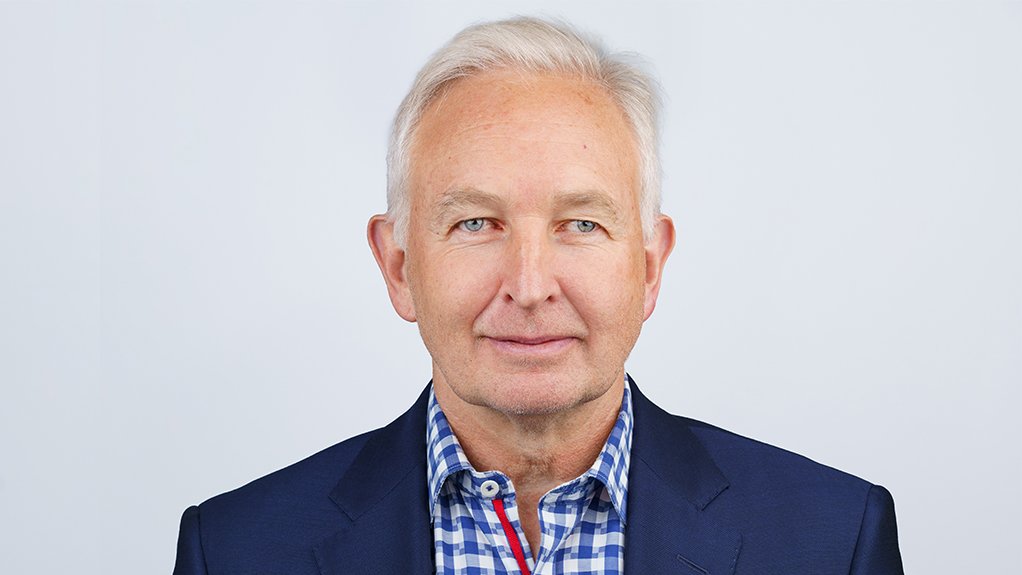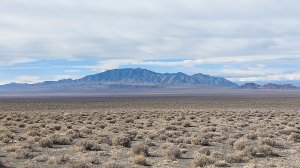Lithium projects company American Lithium is focused on enabling the shift to the new energy paradigm through the continued development of its strategically located Tonopah Lithium Claims (TLC) lithium claystone project, in the Esmeralda County of Nevada, in the US.
International financial institution the World Bank estimates that mineral production will need to increase dramatically over the next decades to achieve climate goals, including an increase of 500% in graphite, lithium and cobalt production by 2050. American Lithium’s TLC project can assist in meeting this demand.
As a near-surface lithium deposit – one that is amenable to low-cost production – TLC is suited to conventional mining methods.
American Lithium CEO and director Simon Clarke says the company is targeting a “cut and cover” mining methodology for the claystone-hosted lithium mineralisation to create a sustainable blueprint for long-term operation.
The company announced an updated mineral resource estimate (MRE) last month, which significantly increased the project’s contained lithium resources.
The drill-delineated, updated measured and indicated resource is 8.83-million tons of lithium carbonate equivalent, with an inferred resource of 1.86-million tons.
This MRE was completed as part of the process of compiling the first preliminary economic assessment (PEA) and will be incorporated into a mine blueprint within the PEA.
Further, an environmental review has demonstrated that no protected plants or wildlife species exist on the TLC property. Also, American Lithium should have no groundwater-related issues as the existing resource remains above the water table.
According to a company news release: “Water rights have been secured through the acquisition of two nearby ranches and the company will aim to recycle as much water as possible and minimise consumption. Securing water rights was a key step for the company.”
In addition, the project has low levels of deleterious elements, such as mercury and arsenic, which will minimise contaminants in its eventual waste materials.
Dearth of Lithium Supply
Clarke stresses that the quest to gain access to high-grade lithium is challenging for electric vehicle manufacturers and other industrial and military users, as the US looks to disentangle its clean-energy supply chains from the leading producer of refined lithium products, China.
Moreover, he says the passage of the Inflation Reduction Act (IRA) in August last year includes historic new spending to address climate change.
A substantial change is that the final assembly of clean vehicles must take place in North America for the vehicles to qualify for IRA tax credits, and the critical minerals used in batteries, including lithium, are going to have to be sourced from either North America or US trading partners.
Clarke cites an earnings call with clean energy automotive company Tesla Motor earlier this year, in which CEO Elon Musk urged entrepreneurs to get into the mining business, saying that “the current lithium margins are practically software margins”.
However, Clarke states the process of progressing lithium projects from discovery to production is challenging. Citing Global Lithium president Joe Lowry, Clarke notes that, “one can build a battery factory in two years, but it takes up to a decade to bring a lithium project online. It’s not a commodity; it’s a specialty chemical”.
Falchani Project
American Lithium’s advanced-stage Falchani project is the sixth-largest hard-rock lithium deposit in the world, says Clarke.
It benefits from a highly sustainable business model in a “geopolitically friendly” jurisdiction in Peru. A PEA has been completed, and the project exhibits strong additional exploration potential and is situated near significant infrastructure.
In Peru, the entire resource at Falchani is also above the water table and, consequently, there are no groundwater, runoff, or watershed issues.
Abundant groundwater and river systems nearby also provide a large source of hydroelectric power in the region, Clarke adds.
As a hard-rock deposit of high purity, Falchani does not have the same environmental issues around water that are associated with most Latin American lithium deposits, which are predominantly brine-based.
Besides its large-scale potential, Falchani’s high purity has allowed for the design of a processing flowsheet that precipitates high-grade lithium carbonate to a battery grade which is currently 99.82%.
“Most lithium projects globally produce lithium products which then have to be refined further, therefore requiring additional energy, water and chemical processes, to achieve battery grade,” Clarke says.
Prefeasibility work has started at Falchani. This involves hydrology drilling as a key component of an environmental impact assessment, he concludes.
Edited by: Nadine James
Features Deputy Editor
EMAIL THIS ARTICLE SAVE THIS ARTICLE
ARTICLE ENQUIRY
To subscribe email subscriptions@creamermedia.co.za or click here
To advertise email advertising@creamermedia.co.za or click here















